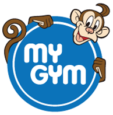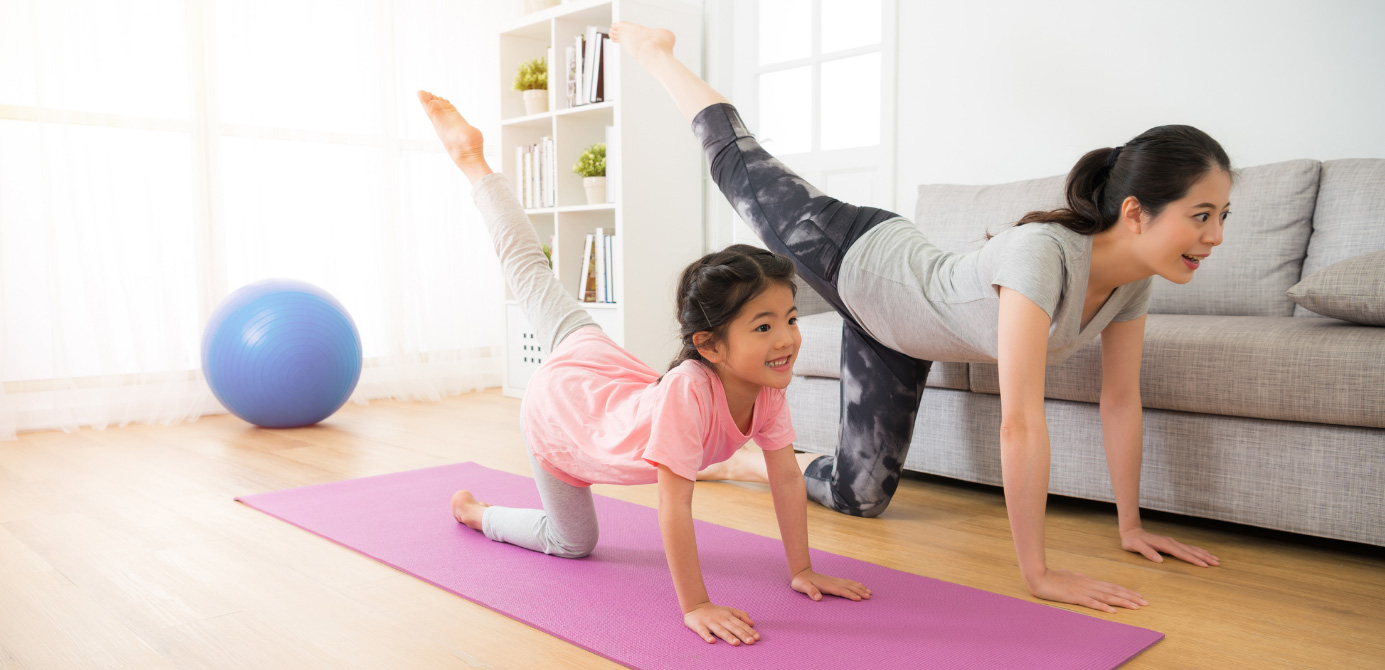Flexibility Exercises Are The Building Blocks For The Brain
Exercise for young children means playing and being physically active and are participating in a sustained physical activity that benefits them the most. Regular stretching exercise is not only vital to physical development but also brain development in young children, and for improving their cognitive flexibility.
The brain’s nerve cells branch out, join together and communicate with each other in new ways, to make children stay more open to learning and increase their capacity for absorbing more knowledge.
Basic brain functions related to attention and memory are enhanced as exercise increases the flow of blood to the brain. A study conducted in a Columbia University lab showed that blood delivers oxygen and glucose, which the brain needs for heightened alertness and mental focus.
Besides enjoying the health benefits of regular exercise, children will be better able to handle physical and emotional challenges. Have improved short-term memory, exhibit faster reaction time, exhibit lower stress levels, and sustain higher levels of creativity. Evidence suggests that math and reading are most influenced by physical activity
Flexibility exercises
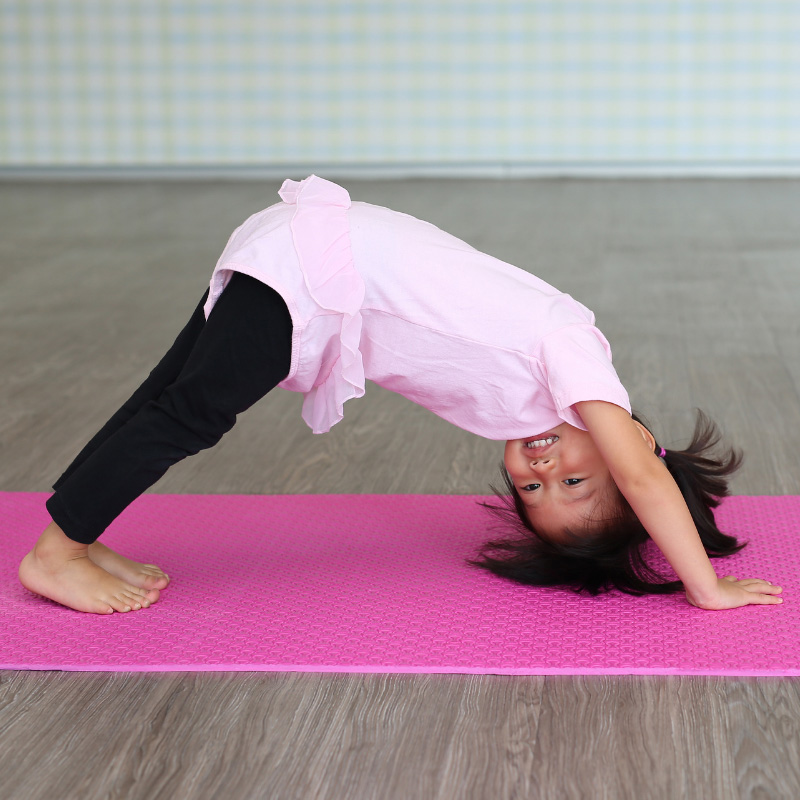
While toddlers and young children get their chances every day to stretch when they reach for a toy, practise a split, or do a cartwheel, parents need to build stretching into their child’s daily flexibility exercises routine. Stretching helps improve flexibility, allowing muscles and joints to bend and move easily through their full range of motion.
Studies have shown how exercise affects the actual shape and function of the child’s brain. It found that physically fit children scored better in cognitive challenges and their MRIs showed a significantly larger basal ganglion, a key part of the brain that aids in maintaining attention and increasing the ability to coordinate actions and thoughts.
Fun upper and lower body exercises and activities that involve monkey climbing, balancing and jumping, strengthen the vestibular system that creates spatial awareness and mental alertness. This provides your child with a framework for reading and handling other academic skills.
According to numerous studies, constant stress can cause harm to a child’s brain. Exercise reduces stress by placing the brain into homeostasis (maintaining relatively stable equilibrium between interdependent elements) and contributing to the balance of the body’s chemistry, electrical and organ systems.
Children, whose mothers are more nurturing during a child’s preschool years compared to later in childhood, are found to have more robust growth in brain structures. Especially those associated with learning and memory.
Setting an example
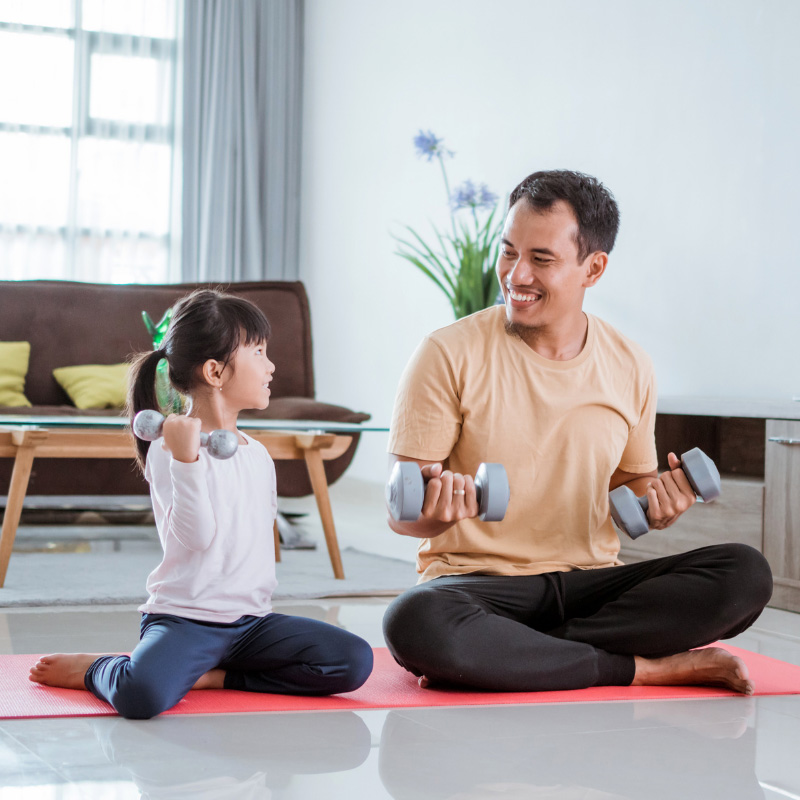
Simple as this might sound, preschool children, tend to be as active as their moms are. So it makes sense to set an example for your child by being physically active yourself. Engage in a lot of walking, running, or playing together.
Remember, parents, affect their children in three ways – by acting as role models, by helping them to be active, and by being active with them. And here is how you can ensure your toddler stays more than active by enjoying herself playing the way she likes to play.
Squishy, Squishy, Sponge, Sponge
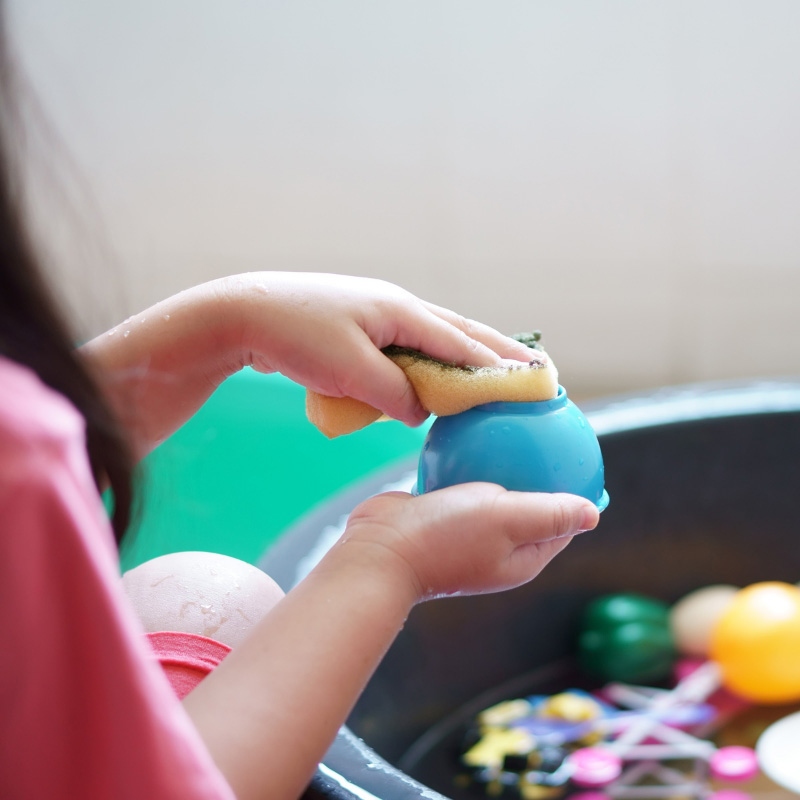
Here is an action-oriented activity your little toddler will enjoy. Hand over soaking wet sponges to play with. Show her how she can squeeze the sponge to make the water come out—this builds physical skills in her hands and fingers. To make this even more exciting, mix colours in paper cups and dip them in cups with water in different colours.
If your child is older, involve her in an “important” job like washing her tricycle. This sort of activity will help a child feel confident and become a helpful member of the family. As with all activities, it is critical to supervise your child as she plays.
Watch a plant grow

This will be a fun project for your toddler who loves to shovel sand, pour water, and get messy! Create a window garden in her room. In a large tray, add enough topsoil to create a rich bed for the flowering plant seeds, both you and your child will sow.
Instruct your child to add a little water every day for the seeds to sprout and watch her plant grow. She will not only learn to build fine motor skills as she is learning to use her fingers and hands but also learn important science concepts such as coming to know where plants come from and watching her plants flower.
Go leaf hunting
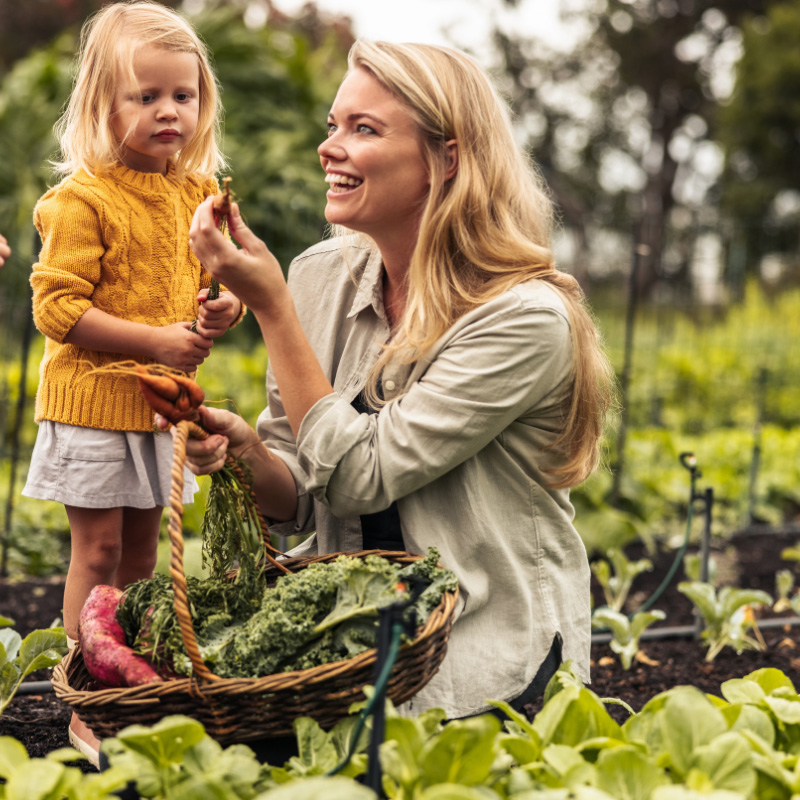
Hand over a small wicker basket to your child and go for an unhurried walk in the park. See
if she wants to pick up leaves and other “treasures” and put them in her basket. You will be surprised by how long your toddler will be happy just to walk, snapping up leaf after leaf for her collection.
This activity will help build gross motor (large muscle) and fine motor (small muscle) skills as she walks, squats, and picks up collecting her discoveries. This may well become her daily routine as she finds the open air very invigorating, eventually leading to shifting from walking to running. A very good habit at any age. So start it young in your child!
Silent night Play

Darken the room, shine a flashlight at your hand so that the shadow falls on the opposite wall. By calling out her name, wave to your child. Make silly shadow shapes with your hand and fingers. Tell jokes or riddles, animate with movement. It is sure to elicit some lovable giggles and laughs.
Sooner than later, she will be inviting you to her shadow play events and dramas. Enjoy shining her flashlight on her hands and telling her stories. Inventing her form of shadow play. Maybe, it will inspire you to keep a journal with your child’s stories. Maybe even attempt to write a children’s story based on her ideas.
Make a hill of bubbles
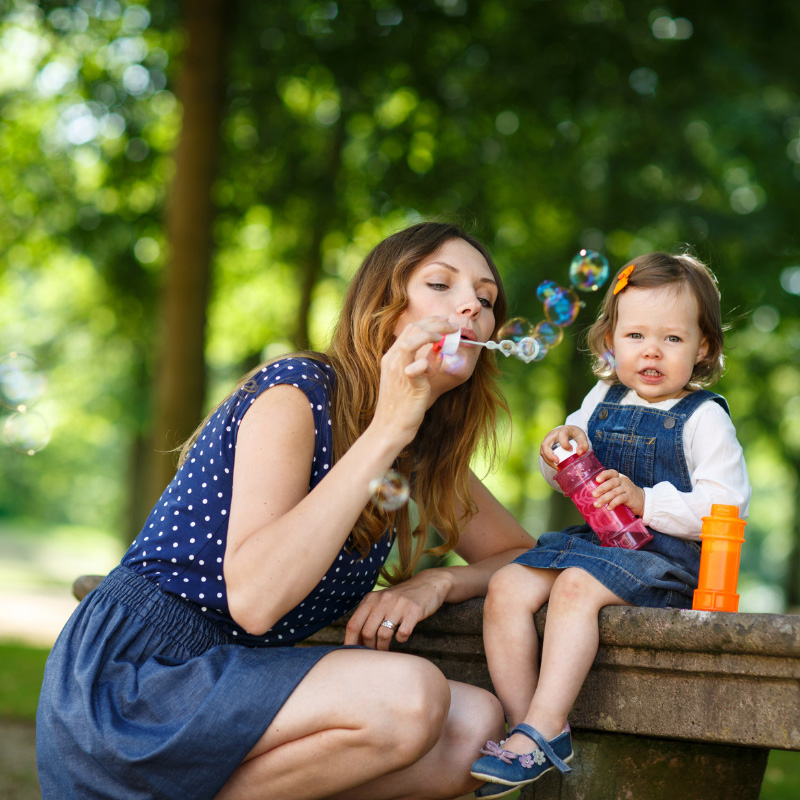
Fill a small bowl with water and add a few drops of bubble-making liquid. Use a straw to blow a small hill of bubbles with tiny rainbows on the surface. Let your child explore the bubbles with her hands.
She may also enjoy watching you blow bubbles for her to catch. Or become pretty good enough at blowing bubbles on her own, while you enjoy bursting them just for the heck of it!
Building language skills
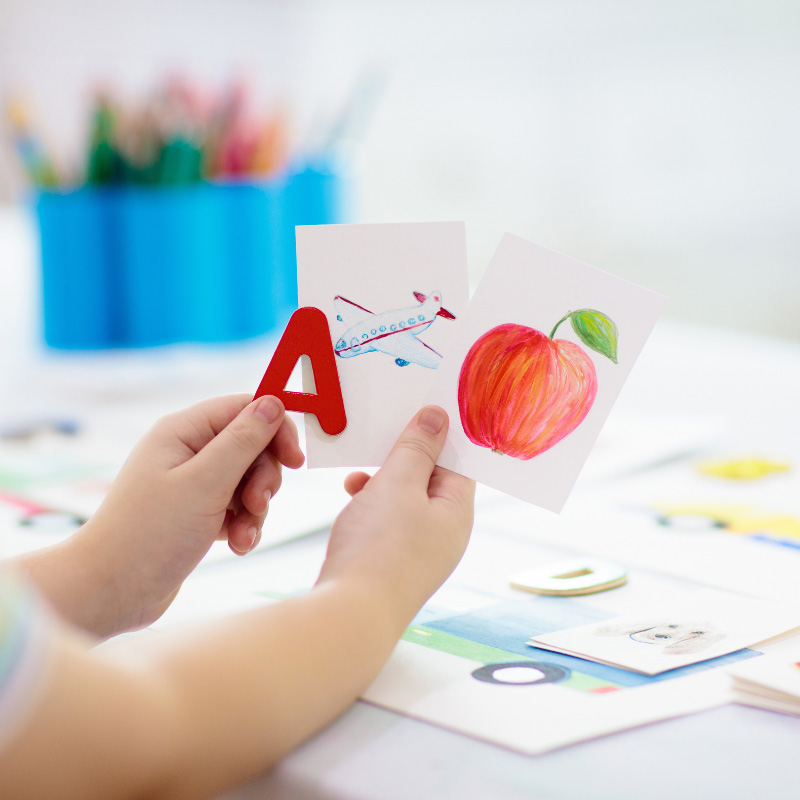
You can assist your child to acquire new words and learn sentence construction from the diaper age itself. Diaper changing time is a great opportunity for play. Lift your baby’s foot and say “what’s this?” And answer, “ It’s a foot”. And “what are these? They are toes.” You can touch her belly, belly button, knee, leg, parts of the face, and more giving each touch and part a name. Through repetition, young toddlers will quickly learn new words.
A regular activity routine will be best for your child, but don’t aim to make perfection your goal. If your child seems to be tired after a busy day, skip the activity. You could think of scheduling longer activity days. And lest you forget, set limits on watching TV, playing video games, and being on the internet.
Make physical fitness a priority in your home and make it fun. Teach your child the joys of walking and jogging. Make it a social activity she can enjoy with her siblings, friends or relatives.
My Gym
My Gym involves children in dynamic physical activity and movement that help in building neural networks in the brain. Making it easier for children to acquire intellectual skills, navigate complex social situations, and nurture emotional development.
Beginning with well-planned flexibility inducing exercises and combining them with free play program offers a range of physical challenges such as jumping, pushing, pulling and climbing, to lighter activities such as balancing and manoeuvring objects requiring dexterity, providing an excellent opportunity for the all-round development of young children.
Find out more about how My Gym can play a key role in supporting “whole-child development,” by visiting any of our centres. Choose a day when you will be relatively free and come over with your child in tow. Your child could be an infant (as young as 6 months), a toddler or a preschooler, age is not a bar for enrolling.
My Gym lays a firm foundation for your child’s personal, academic and future growth by engaging and involving your child in age-appropriate physical, creative learning and problem-solving activities.
Safety First: My Gym classrooms are thoroughly sanitized every day — the tables, the chairs, the children’s activity stations and everything else the child might touch is made safe and clean. Please wear a mask, wash hands frequently, and practice social distancing.
Frequently Asked Questions
How do you improve a child’s flexibility?
Flexibility is an innate ability in a human being to stretch their muscles, which helps them to adapt to any physical tension.
However, a lack of adequate physical movements makes one lose this ability over time. Exercise in children helps them improve their flexibility and avoid a sedentary lifestyle in the long run. Some easy exercises to improve flexibility in children are: yoga, judo, dancing and football.
What are some stretching exercises for kids?
Stretching exercises should a part of an individual’s lifestyle right from an early age. They help them with coordination and flexibility, and help them lead a healthier life.
Some easy stretching exercises you can practice with your kids are:
Jumping jacks, skip the rope, arms wide, shoulder stretch, toe touch, etc.
How Long to Warm Up Before Exercise?
The amount of time required to warm up before an exercise depends upon the intensity of the physical activity. However, most kids need about 10 minutes to fully warm up their bodies. These warm up exercises are important as they help in proper circulation of blood, which helps with core strength exercises. Some easy warm-up exercises are:
High knees, butt kicks, jumping jacks and walking lunges.
How To Properly Stretch To Enhance Your Child’s Flexibility?
Stretching is extremely important to enhance kids’ flexibility skills. It helps with mobility and cuts down on the chances of any muscle injuries. Stretching also supports blood and oxygen flow in your child’s body, making them feel fresh and active the entire day. However, you must ensure that your kid stretches properly to reap full benefits. Some of the techniques to keep in mind are:
Always keep the back straight
Focus on the breathing
Take it slow
Cool down after the stretches
What Is Cognitive Flexibility and How Do I Help My Child With It?
Cognitive flexibility is how well the brain adjusts to new or unplanned events. It also involves how you respond to a sudden switch in tasks. Cognitive flexibility is important as the more agile it is, the easier it is for a person to multitask in your day-to-day life. It also has an impact on gross and fine motor development.
Some of the ways in which you can help your child in that regard are:
Exploring outdoors, pretend play, and throwing regular surprises.

